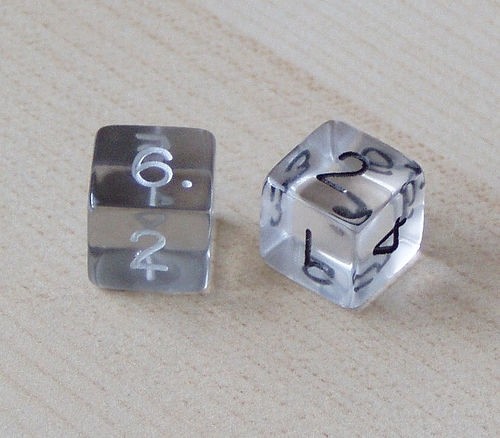Stock Dividends How Exactly Do They Work ExDividend Dates Dividend Yields and More Explained
Post on: 26 Июнь, 2015 No Comment

BLOG FEED %img src=http://www.davemanuel.com/images/rss.gif>
Before we get into the explanation of how dividends work, we need to understand exactly what they are.
A dividend is a payment that is made to a shareholder by a company. Dividends are usually made in the form of cash, but can also be made in stock or in the form of a dividend reinvestment plan, which automatically transfers dividend cash into more shares of the company.
If a company makes money, then they can do two things with it: re-invest the money into the company (called retained earnings) or pay the money out to shareholders in the form of a dividend. Most companies that pay out a dividend will retain some of their earnings and pay out the rest to their shareholders.
Most dividends are paid out on a quarterly basis. A board of directors can decide to increase, decrease or scrap the dividend altogether depending on how business is going. The amount of a dividend payout is strictly up to the board of directors and no one else.
If a company sold off a small part of itself and received a substantial chunk of cash then it may choose to release some or all of this cash to shareholders in the form of a special dividend. Special dividends tend to be fairly rare occurrences and involve a substantial amount of money.
There are four dates that are important to receivers of dividends:
Declaration Date — the date on which a board of directors announces its intentions to pay out a dividend
Ex-Dividend Date — the last day that you can buy shares and be considered a shareholder of record when it comes to being paid the dividend. So if the Ex-Dividend Date is Nov 13th and you buy shares on November 14th, then you are not eligible to receive that quarter’s dividend payment.
Record Date — shareholders must properly register their shares by this date, or else they won’t receive the dividend.
Payment Date — the date that shareholders are actually paid the dividend payment
The last important concept to understand regarding dividends is the dividend yield. To calculate the dividend ratio, simply take the amount of dividends paid out over the course of a year in terms of $ value and divide by the current share price of the company. So if we have an annual dividend of $1 per share and the share price is $100, that would mean that we would have a dividend yield of 1%. Obviously, the higher the dividend yield, the better.
You may find cases in which a company has an incredibly high dividend yield. This is normally due to the stock getting taken apart for a particularly ugly piece of news, such as an earnings miss or loss of a big contract. Tread carefully in situations such as these — rarely will the dividend remain intact if the company is suffering through some hardships.
9 COMMENTS — What Say You?
Comment by Lorie on May 07, 2009 @ 2:46 pm
Thank you so much for such an informative article! It was just the info I was looking for on how dividends work in simple easy-to-understand terms. I have never owned a stock that has actually paid out anything so this will be a first for me!
Comment by Bobby on July 21, 2009 @ 9:01 am
Looking for the simple answer for a common person. I own stock X $100 it pays $1 dividend does that mean I get $100 payed to me over the year. broken up however they split it up?
Comment by Zane on September 23, 2009 @ 5:07 am
Hi,
I was wondering how a stock dividend impacts the owners equity as opposed to a cash dividend?
Cheers,
Zane
Comment by Marv Smith on December 23, 2009 @ 8:11 am
What are all the tax consequences of dividends paid by in cash to the stockholders?
Comment by richard on August 31, 2010 @ 5:04 am
i did not understand the dividend yield so well, will be happy to receive a more detailed explanation on it. thank you for the very useful information though
Comment by frank Rodrick on July 15, 2011 @ 7:57 am
not owning stock for full quarter is it pro rated? tks
Comment by L.A. Wyatt on September 22, 2011 @ 8:43 am
I am amazed that none of these dividend 101s explain, in detail where the dividend money comes from and how it effects the share price, i.e, if KO pays a 5% dividend for 2011 and KOs stock price for that year is unchanged (a zero return), did the shareholder make 5% or 0%?
Comment by ralph hall on June 06, 2012 @ 2:43 pm
I own Ve which gives a dividend yearly. But the price of stock goes down exactly what the dividend is. So my total worth in stock is the same.Also I have to pay taxes on dividend so I am losing money.
Comment by Paul on November 10, 2012 @ 7:47 pm
Ok question I have. Got a brokerage acct. First when is my purchase of shares considered performed in relation to the ex-dividend date? The day I placed the order or at a later date? Secondly who and how do I register the stock as you related too in your article?
Leave a Reply (No Registration Required)














